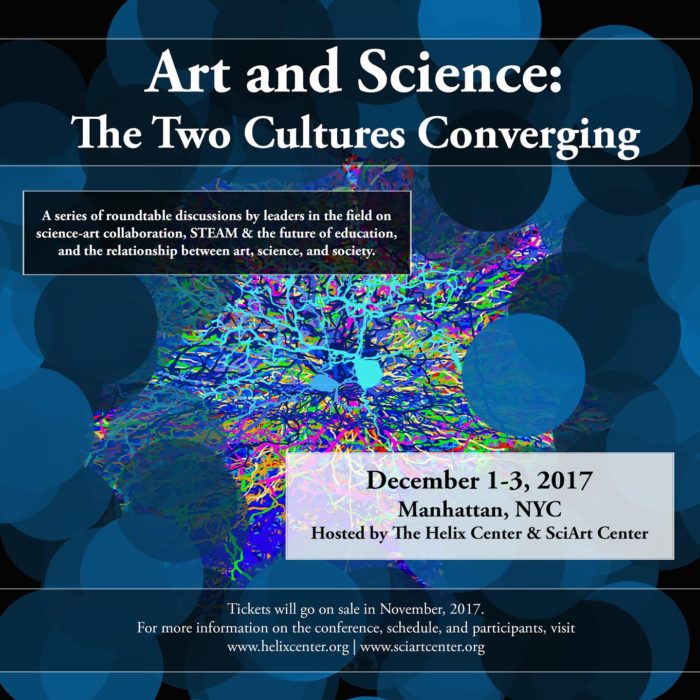Man tries to make for himself in the fashion that suits him best a simplified and intelligible picture of the world; he then tries to some extent to substitute this cosmos of his for the world of experience, and thus to overcome it. This is what the painter, the poet, the speculative philosopher, and the natural scientist do, each in his own fashion. Each makes this cosmos and its construction the pivot of his emotional life, in order to find in this way the peace and security which he cannot find in the narrow whirlpool of personal experience.
—Albert Einstein
We have every reason to believe that different disciplines and dedications have much to gain from each other. Imhotep, one of the earliest polymaths, was a physician, astronomer, and an engineer—but, as an architect, he also had a gift for design, and as a poet, a penchant for the art of writing. Far away, millennia later, Zhang Heng became noted in the histories of the Han Dynasty as an early scientist and scholar, although this was not at any expense for talent of art, as his contemporary wrote that “the splendour of his art were one with those of the gods.” Likewise, from the works of Da Vinci and Hildegard de Bingen, to geniuses of our time, the bond between the sciences and art is observed across the world and throughout the ages.
This is not just true within individuals or a phenomenon seen in great thinkers alone. Our quotidian experience tells us so, abundant with the evidence of each field’s dependence on, and advancement of, the other: from the drawing of star maps and anatomical sketches to the math and physics of optics and perspective, to the latest technological advances in computer design.
Two cultures converge as we discuss the significance of art and science in this three day series.
Tickets now on sale.
Click here to purchase at EventBrite.
Presented by the Helix Center for Interdiscplinary Investigation and SciArt Center
Schedule:
December 1, Friday:
6:30-7:30pm: Conference kick-off reception & opening remarks (snacks and refreshments will be served)
7:30-9pm: Science-Art Collaboration Roundtable #1
(Mark Rosin, Shane Mayak, Tyler Volk, Noah Hutton, Jame McCray, and Monica Aiello)
December 2, Saturday:
9am: Doors open
9:30-11am: STEAM & the Future of Education Roundtable #1
(Roger Malina, Ashley Bear, Nirav Patel, Elizabeth Waters, Tarah Rhoda, and Tyler Aiello)
11-11:15am: Artistic Interlude curated by Cynthia Pannucci of Art & Science Collaborations
11:15am-11:30am: Coffee break
11:30am-1pm: Science, Art & Society Roundtable #1
(Erik Hoel, Alana Quinn, Ben Lillie, David Grinspoon, Elizabeth Demaray, and Stuart Firestein)
1-2:15pm Lunch on your own
2:15-3:45pm: Science-Art Collaboration Roundtable #2
(Daniel Kohn, Edgar Choureiri, Tega Brain, Patricia Olynyk, Karen Ingram, and Alexis Gambis)
3:45-4pm: Artistic Interlude curated by Jame Mcray
4-4:15pm: Coffee break
4:15-5:45pm: STEAM & the Future of Education Roundtable #2
(Harvey Seifter, Jill Bargonetti, Paul Fry, Cynthia Pannucci, Daniel Grushkin, and Ellen Levy)
7-9:30pm: Art night out!
Art reception & refreshments at UES Gallery, 208 E 73rd St, New York NY*
*This reception is the opening night of “The Void and the Cloud,” a science-based art exhibition hosted by SciArt Center in
tandem with this conference. The reception is open the public and will include music and refreshments. Conference participants
are encouraged to attend.
December 3, Sunday:
9:30am: Doors open
10-11:30am: Science, Art & Society Roundtable #2
(Natalie Jeremijenko, Daniel Hill, Amelia Amon, Paul Browde, Nancy Princenthal, Suzanne Anker, and Farzad Mahootian)
11:30-11:45am: Artistic Interlude by Dr. Shirley Mueller
11:45am-12:15pm: Wrap Up – Science-Art Futures: What does the future hold for science, art, technology, education, and society? How do we move forward from here? All participants will take part in this session.
12:15-12:30pm: Closing remarks
12:30-1pm: Make your own Polyhedra Nightlight (courtesy of Eurekus)
1pm: End
